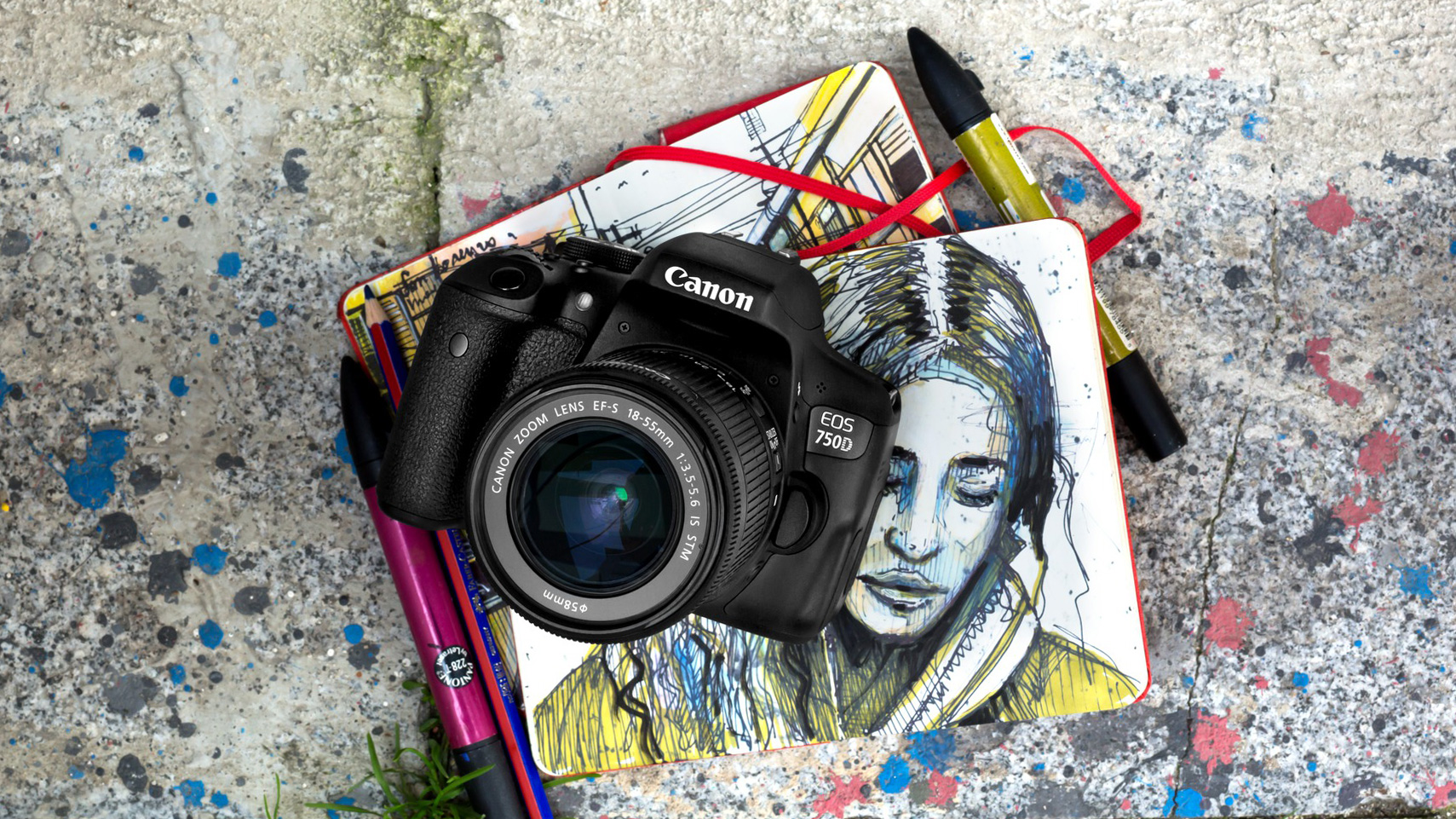Why you can trust TechRadar
Build and handling
- Aluminium alloy and polycarbonate construction
- Design little changed from the EOS Rebel T5i / EOS 700D
- Weighs a pretty light-weight 555g
The EOS Rebel T6i / EOS 750D's aluminium alloy and polycarbonate resin with glass fibre chassis gives it a pretty durable feel for entry-level DSLR. Reassuringly, it doesn't creak when it's gripped tightly.
Textured coatings on the deep grip on the front and the small thumb bridge on the back help to make the camera feel comfortable and safe in your grasp.
Following the design of other Canon DSLRs, the EOS Rebel T6i / EOS 750D has a Quick menu that is accessed by pressing the Q button. This gives a quick route to some key features for adjustment. Setting adjustments can be made using the physical buttons and dials or by touching the screen. If you're not used to using a touch-screen camera you may find that you start out using the buttons and dials, but gradually you start using the touchscreen because it's so intuitive.
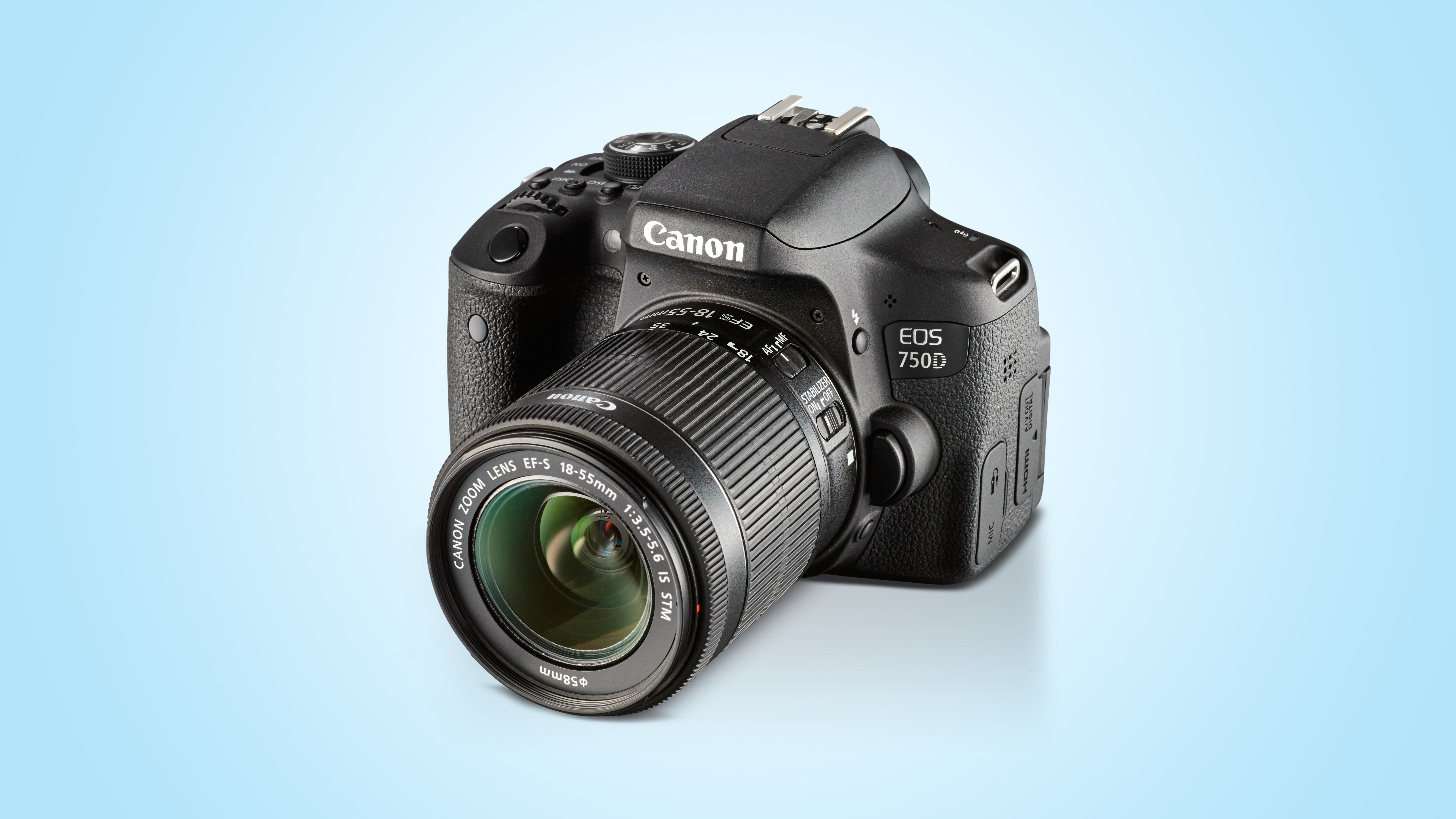
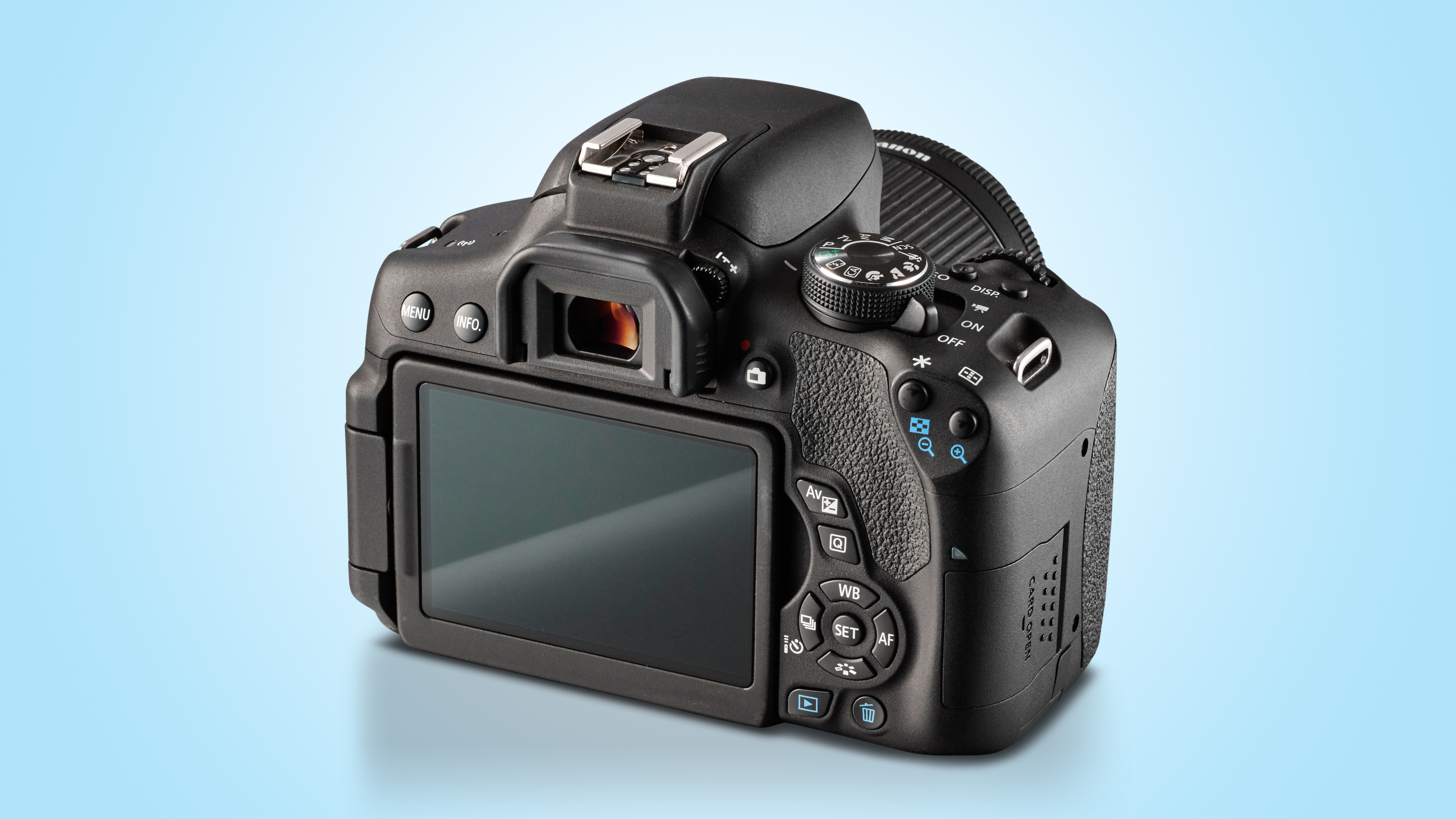
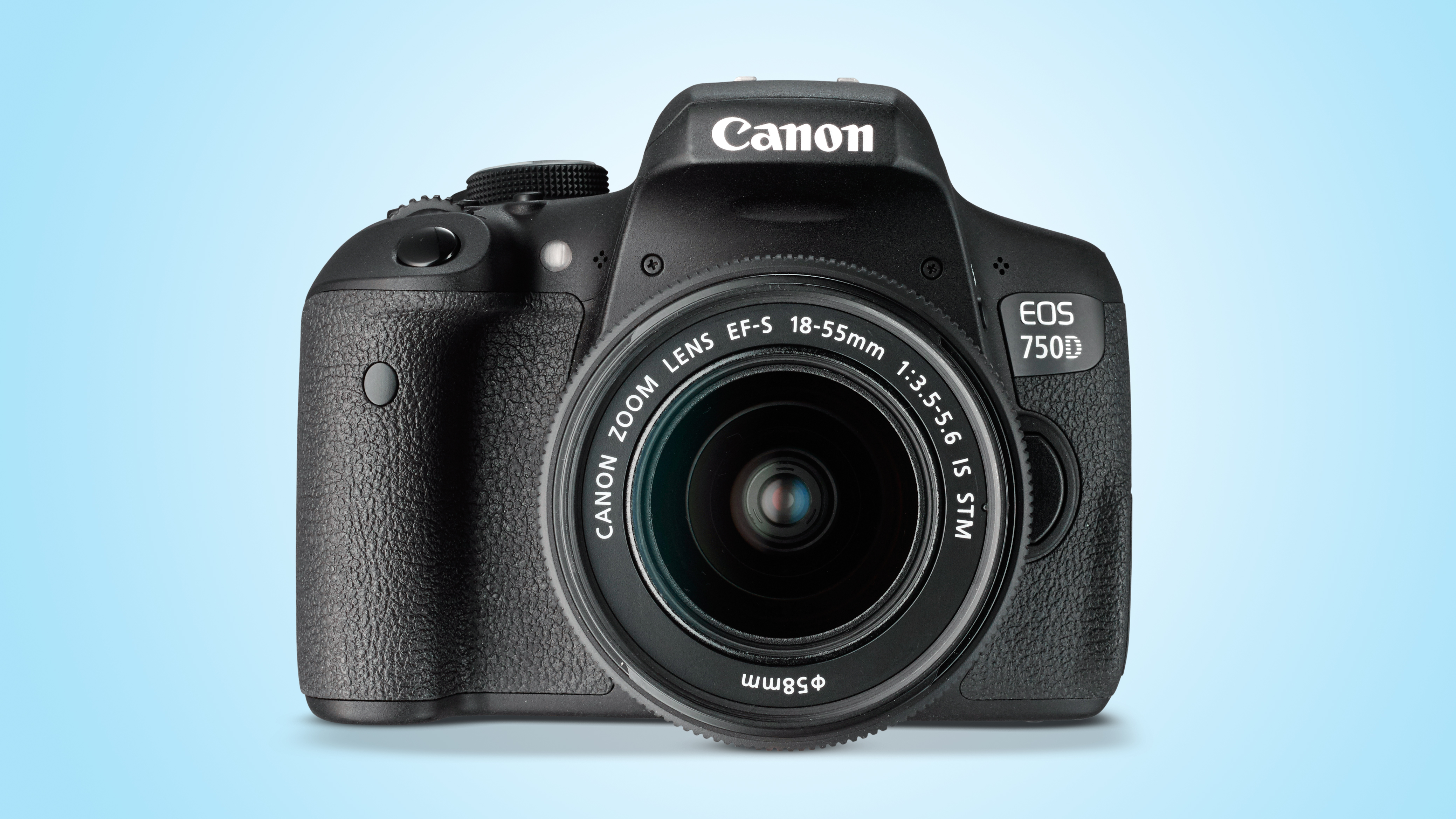

Being a DSLR, the EOS Rebel T6i / EOS 750D has an optical viewfinder. Canon has used a pentamirror design rather than the pentaprism versions found in more expensive cameras like the EOS 70D. This shows approximately 95% of the scene (the 70D's covers 98%) so you may need to take care with composition to avoid including unseen elements around the edges of the frame.
As the screen is on an articulating joint it can be seen from a wide range of angles. Reflections are an issue in very bright light, but it is usually possible to see enough detail to compose images. In Live View mode it's especially helpful to use the screen to set the AF point, or even set the AF point and trip the shutter when composing images at very awkward angles.
The exposure mode is set using the dedicated dial on the right of the T6i's top-plate
The exposure mode is set using the dedicated dial on the right of the T6i's top-plate. There's no lock on the dial, but it doesn't get knocked out of position easily and it provides a access to exposure modes including program, shutter priority, aperture priority and manual as well as options such as Full Automatic (Scene Intelligent Auto), Creative Auto (which allows you to take control with simple instructions using non-photographic terms) and a collection of user-selectable scene modes, including some within Special Scene (SCN) mode.
Autofocus
- 19-point AF, all cross-type AF points
- Predictive AF
- AF working range down to -0.5EV
Pressing the AF Area selection button once allows the navigation buttons to be used to set the desired AF point. Pressing it multiple times toggles through the AF-point selection modes (Single-point AF, Zone AF and 19-Point automatic selection AF). There's also an AF point selection button to the right of the thumb rest on the back of the camera, but this doesn't allow you to toggle through the selection modes. It would be nice to be able to set the AF point on the screen while composing images in the viewfinder as you can with some Panasonic cameras and the Nikon D5600.
Sign up for breaking news, reviews, opinion, top tech deals, and more.
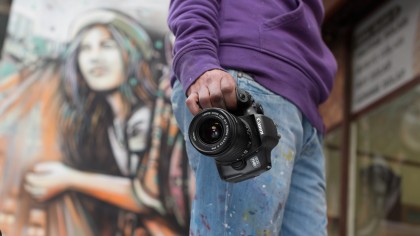
The phase detection AF system that's available when composing images in the viewfinder is fast and accurate, even in quite low light with the kit lens mounted. It means it's a much better choice when shooting sport or action. In 19-point mode it does a pretty good job of identifying the subject, but Zone-AF and Single-point mode are a better choice provided you can keep the active area over the right part of the scene.
When using Live View mode I found the EOS Rebel T6i / EOS 750D is capable of getting subjects sharp quickly, so it's possible to compose images on the main screen when hand-holding the camera. However, it's not really fast enough to use it to shoot moving subjects, and there's no servo option, so it can't adjust focus as subject distance changes when your finger is on the shutter release.
The EOS Rebel T6i / EOS 750D doesn't feature Canon's Dual Pixel CMOS AF technology, which does mean that Live View focusing can be a little slow.
Current page: Build, handling and AF
Prev Page Introduction and key features Next Page Performance and image quality
Phil Hall is an experienced writer and editor having worked on some of the largest photography magazines in the UK, and now edit the photography channel of TechRadar, the UK's biggest tech website and one of the largest in the world. He has also worked on numerous commercial projects, including working with manufacturers like Nikon and Fujifilm on bespoke printed and online camera guides, as well as writing technique blogs and copy for the John Lewis Technology guide.
